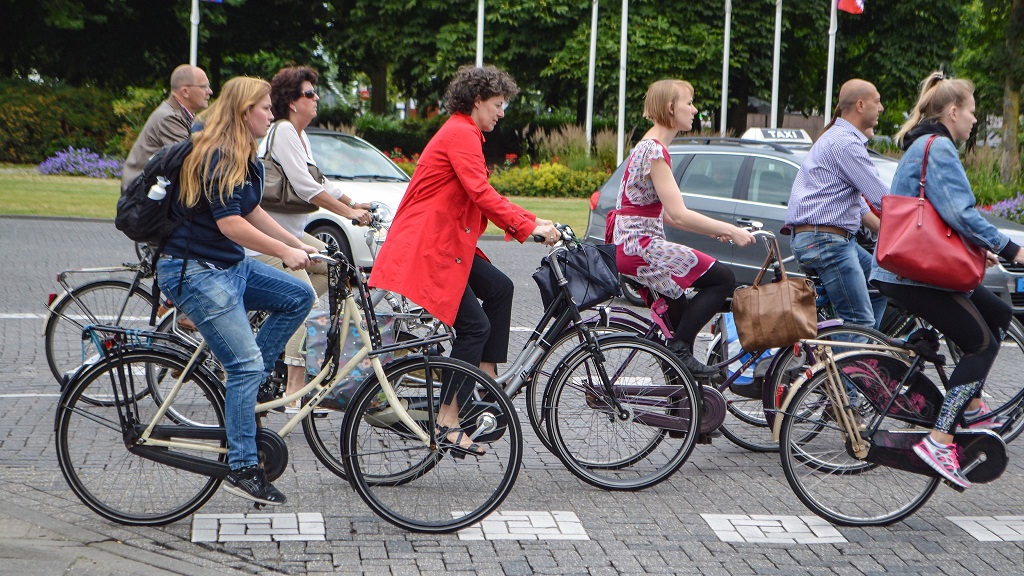In the Netherlands, 56% of cyclists are women. This is not, as many like to purport, because Dutch women are born on bicycles, or that somehow, they are more confident, take more risks, or are in any way superior. Rather, the female cycling rates are so high because every Dutch city, town, and village has been planned in a way that makes it one of the easiest and most convenient ways to get from one’s home to every destination—regardless of gender. When life’s daily trips—getting children (or oneself) to school, doing groceries, going to work, meeting up with friends—are made simpler by cycling, it becomes the natural choice; especially for women.
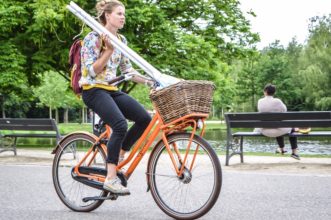
Unfortunately, since the dawn of the industrial age, and the subsequent proliferation of the automobile, speed and convenience were attached to one mode over any other: motor traffic. The establishment of city planning in the early 20th century placed its focus on the view from 30,000 feet up, meaning shaping streets that got one from their home to their destination (i.e. work) with the fewest obstacles or detours. With all planners at the time men, their experiences and needs informed their approach, instead of speaking to the people who actually lived on the streets to understand their needs. Coupled with suburbanization and the increasing separation of work from home, the marginalization that has impacted generations of city dwellers became inevitable.
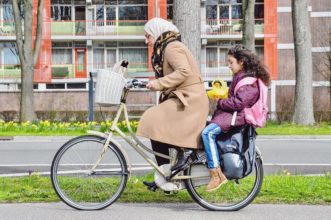
One’s personal and lived experiences influence our decisions, creating both implicit and sometimes explicit bias. To truly appreciate the very male approach to urban design and planning, it helps to reflect on the four urban functions coined by the Congrès International d’Architecture Modern in the early 20th century: living, working, recreation, and circulation. As a membership made up entirely of men, working was naturally valued above all else. This terminology explicitly omits the experience of women in cities. In particular, the trips required to perform care work: unpaid labor performed by adults for children and dependents. The term, coined by Professor Inés Sánchez de Madariaga from Madrid Polytechnic University, was further expanded to define care trips, or all the trips taken in a day to perform care work, often done through trip chaining: the practice of making multiple stops within one journey; still predominantly done by women.
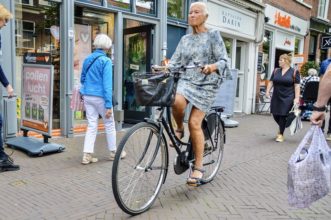
Following decades of underrepresentation by women in the planning and transport sectors, it is no wonder the needs and wants of women haven’t been taken into account. In the UK, women make up just 30% of those working in the transport sector. Similarly, women working in the US transportation sectors make up just 20%. It may not seem like correlation, but the fact is that representation matters, and has been proven to change systems before.
In 1980, the election of President Vigdís Finnbogadóttir in Iceland was the catalyst for major improvements for the quality of life for women in the country. Policies like full-time, highly subsidized childcare, and nine months paid parental leave had a dramatic effect of women’s lives. Because she had experienced the world differently from her male predecessors, President Finnbogadóttir’s life informed how she governed.
Similar, in Europe, the adoption of gender mainstreaming following the UN Conference on Women in 1985 and the subsequent Treaty of Amsterdam in 1997 set out to integrate equality objectives into all programming and was successful in bringing conversations of the feminist
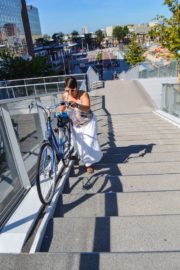 perspective into the planning process. This led to a number of initiatives and programs throughout Europe that help create more gender equity in cities. Unfortunately, because gender mainstreaming was not an established policy, many of these programs became “nice ideas”, quickly slashed during budget cuts or changes in political leadership. Therein lies the challenge – unless gender equity in cities is taken seriously, permanent change will remain optional rather than mandatory.
perspective into the planning process. This led to a number of initiatives and programs throughout Europe that help create more gender equity in cities. Unfortunately, because gender mainstreaming was not an established policy, many of these programs became “nice ideas”, quickly slashed during budget cuts or changes in political leadership. Therein lies the challenge – unless gender equity in cities is taken seriously, permanent change will remain optional rather than mandatory.
“We don’t know what a feminist city is because we’ve never had one.” These words by urban anthropologist Katrina Johnston-Zimmerman are poignant. But there is hope. Leaders like Janette Sadik-Khan in New York City, Anne Hidalgo in Paris, and Valérie Plante in Montreal have shown that with women at the table, positive change to our transportation systems, and our cities, are possible. Prioritizing gender equity in planning and transportation sectors, as well as for those who live in our cities will make that feminist city a more attainable reality, and one that benefits everyone.
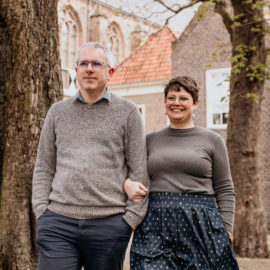 This is part 3 of the blog ‘Life is better on a bike’. Click here for part 1 and 2. Chris and Melissa are Canadian authors and urban mobility advocates. In 2019, they moved to the city of Delft in the Netherlands.
This is part 3 of the blog ‘Life is better on a bike’. Click here for part 1 and 2. Chris and Melissa are Canadian authors and urban mobility advocates. In 2019, they moved to the city of Delft in the Netherlands.
You can follow them on Twitter: @modacitylife or visit their website. Their book ‘Curbing Traffic’ appears at the end of June. John Adams readers get a 20% discount (use promo code BRUNTLETT) at islandpress.org. All pictures in this blog are by Chris & Melissa Bruntlett.
